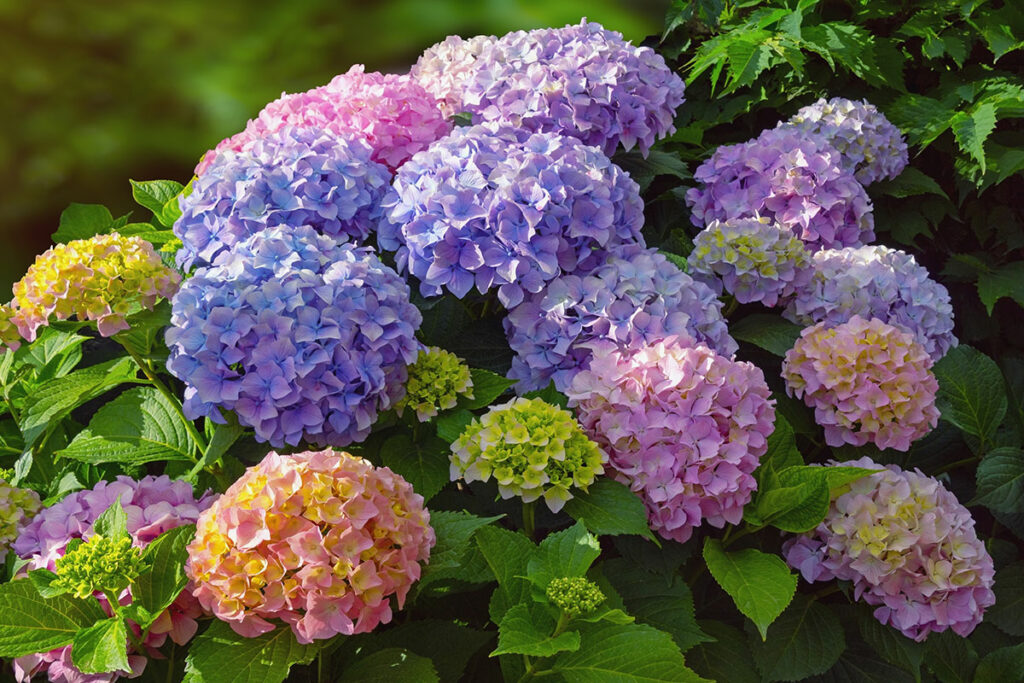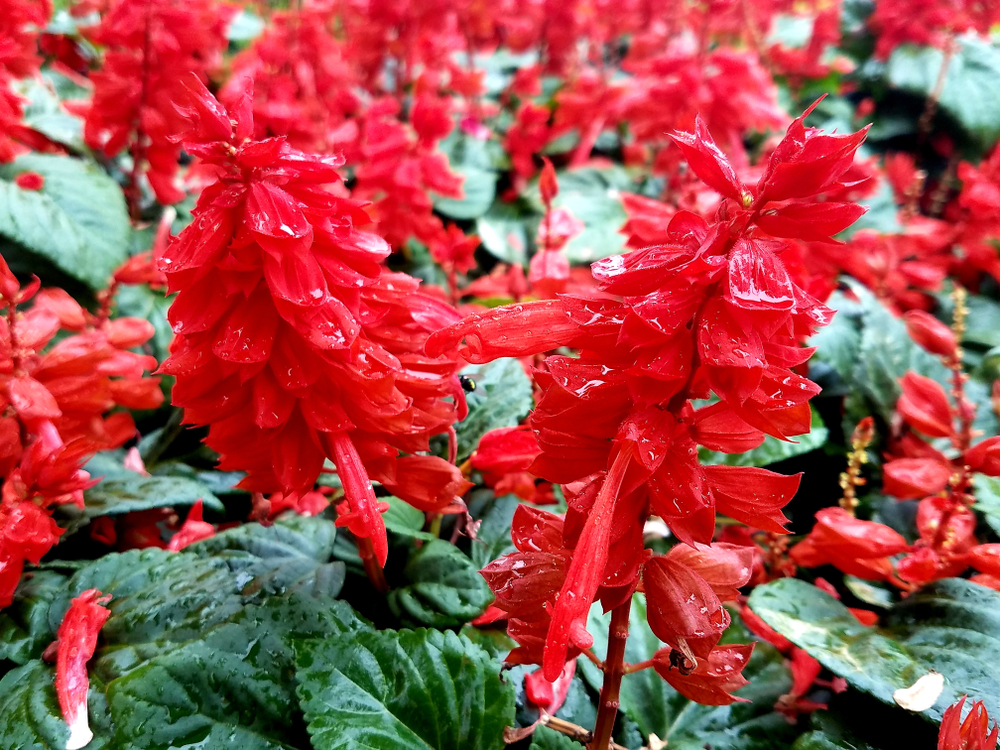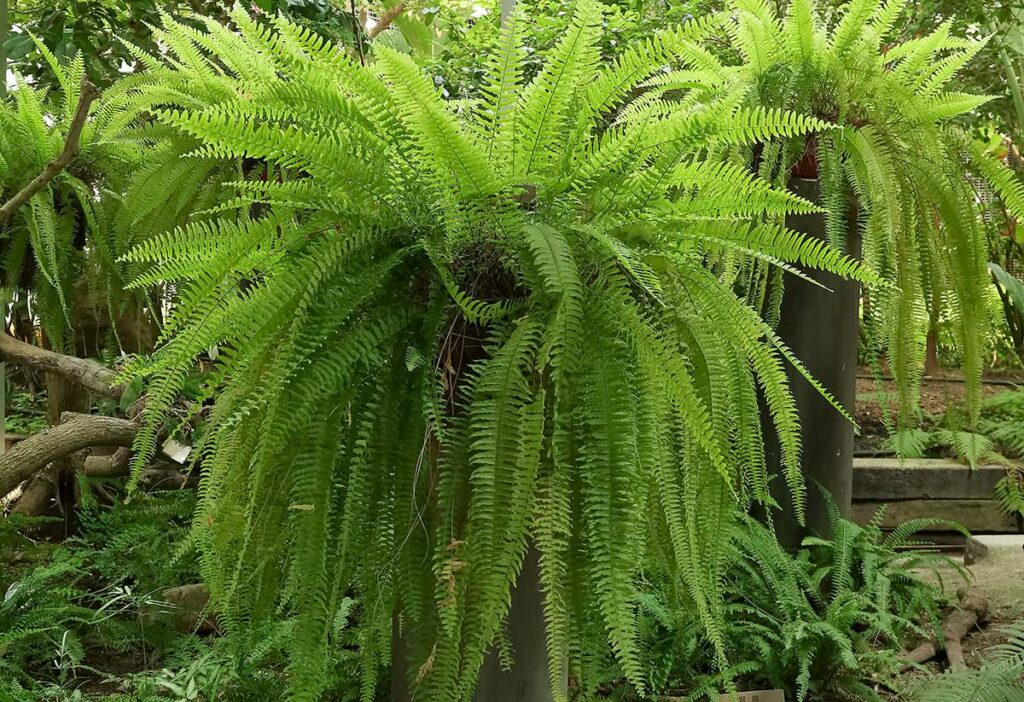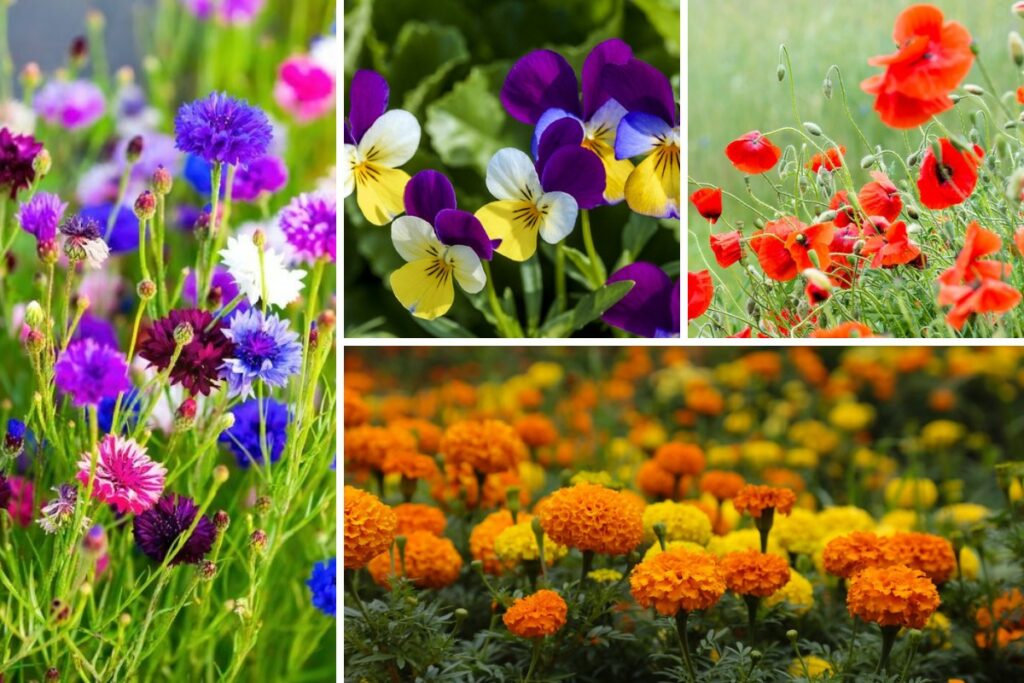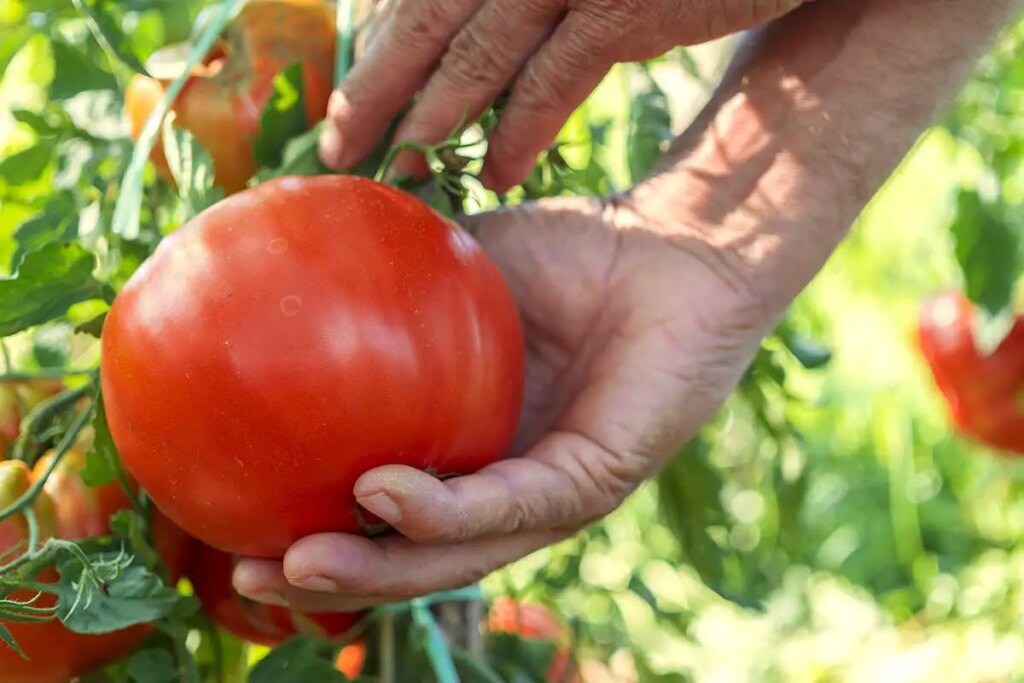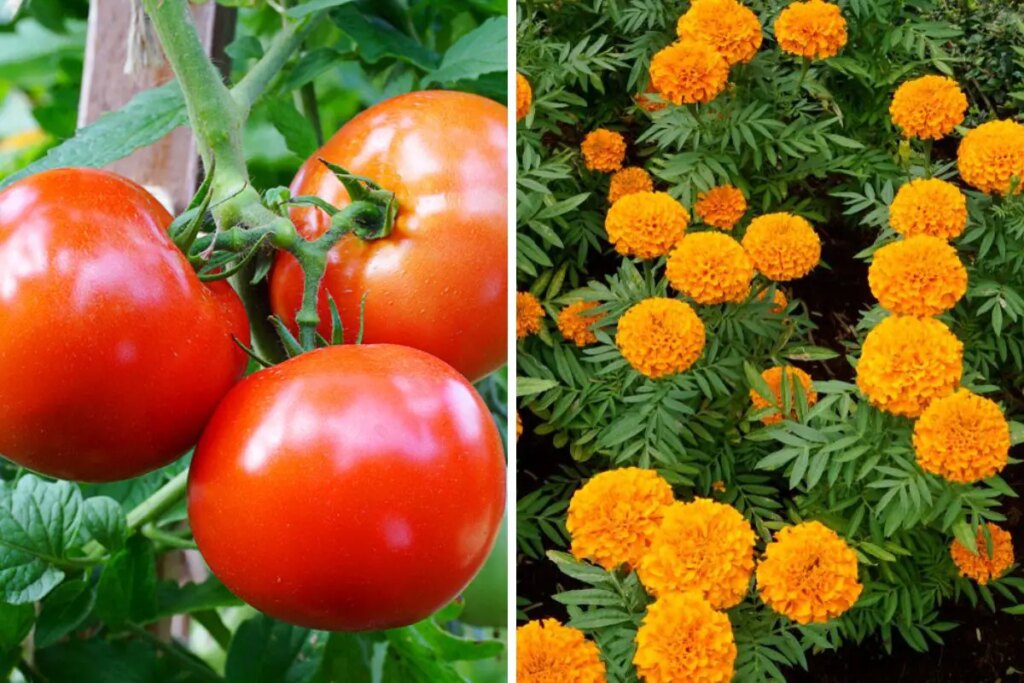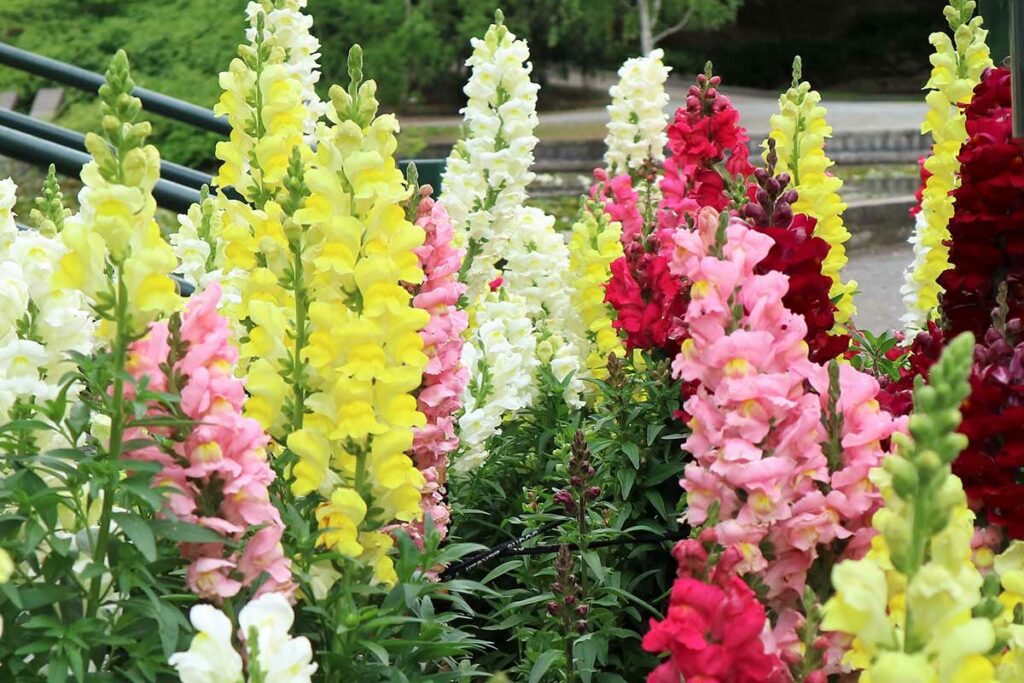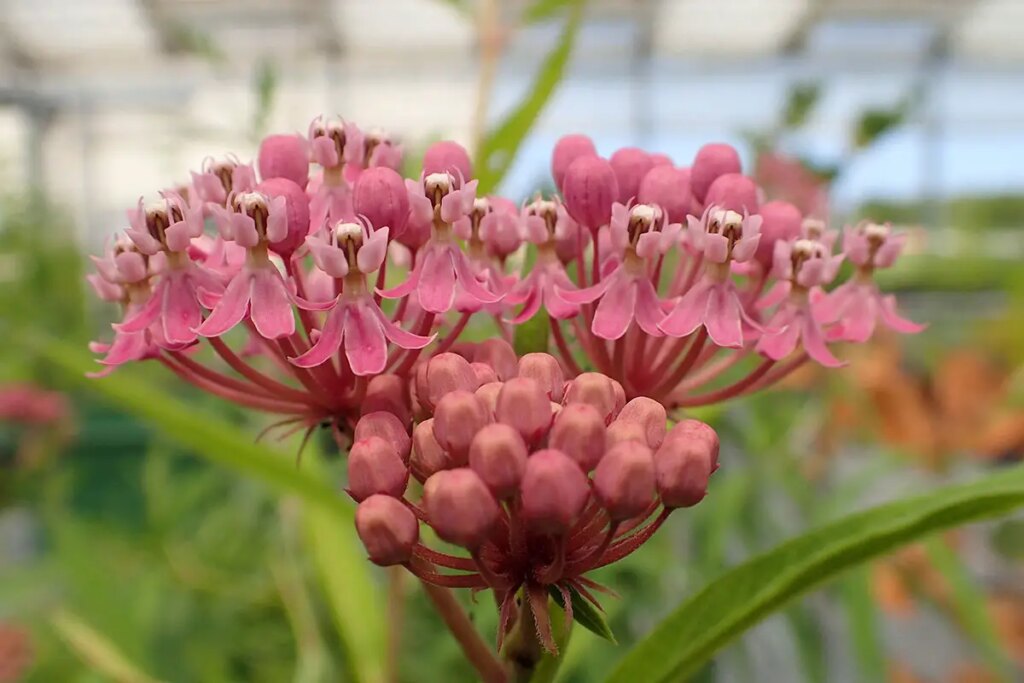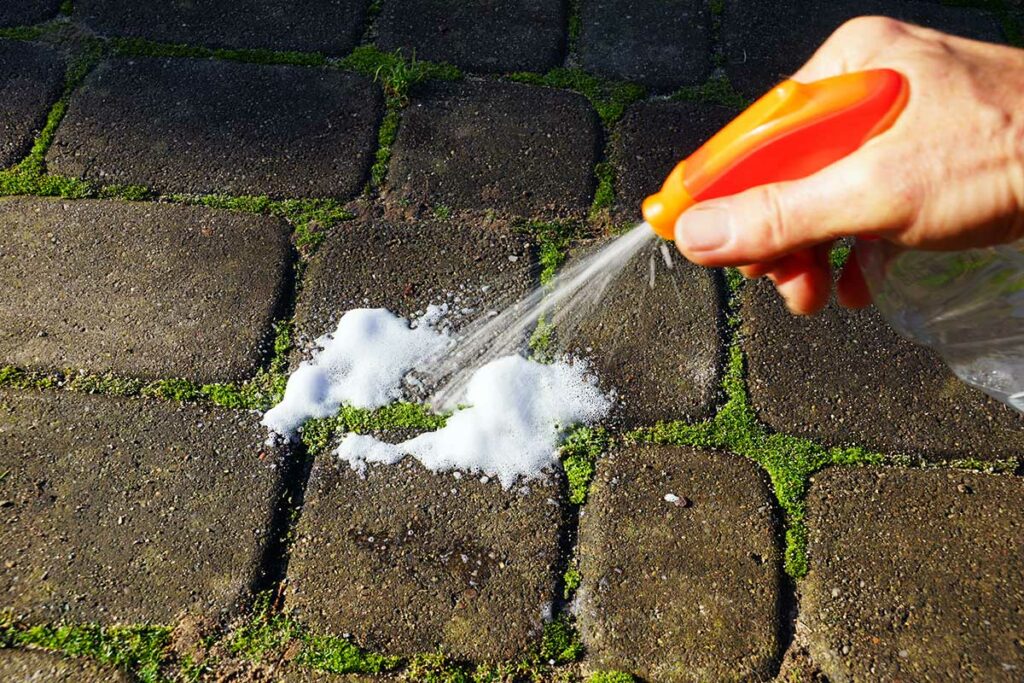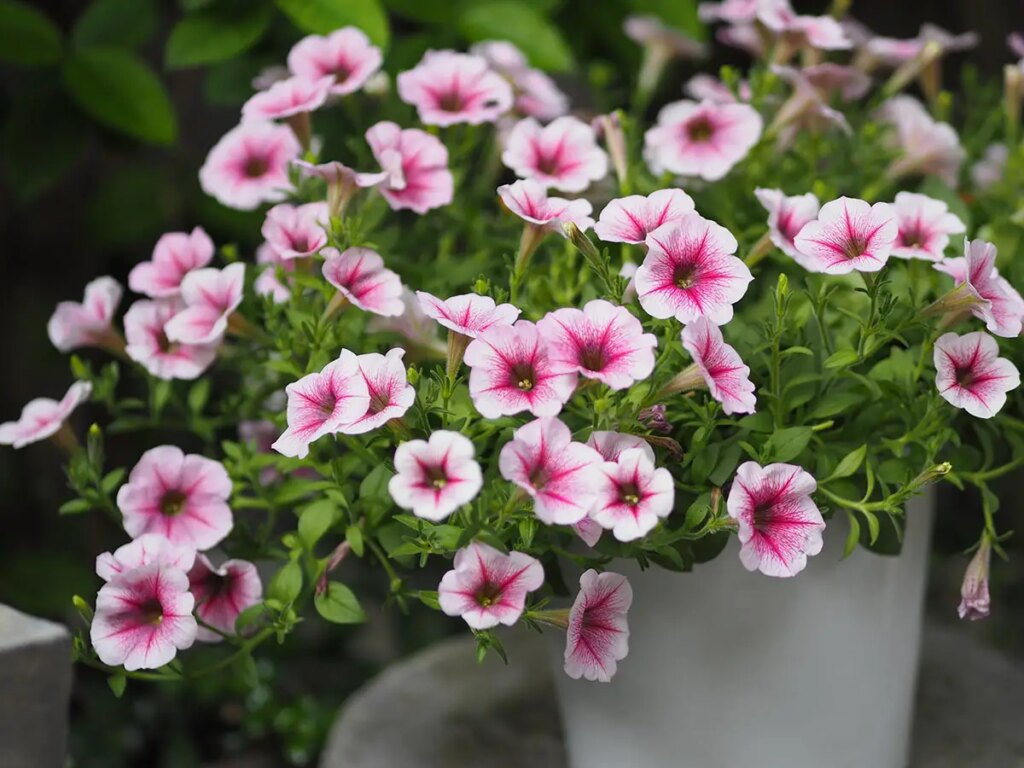
Looking for some easy-to-grow plants to add to your garden this summer? Look no further than these top 5 ornamental plants.
They are sure to add a pop of color and beauty to your outdoor space without requiring too much effort.
Top 5 Easiest Ornamental Plants to Grow
1. Petunias
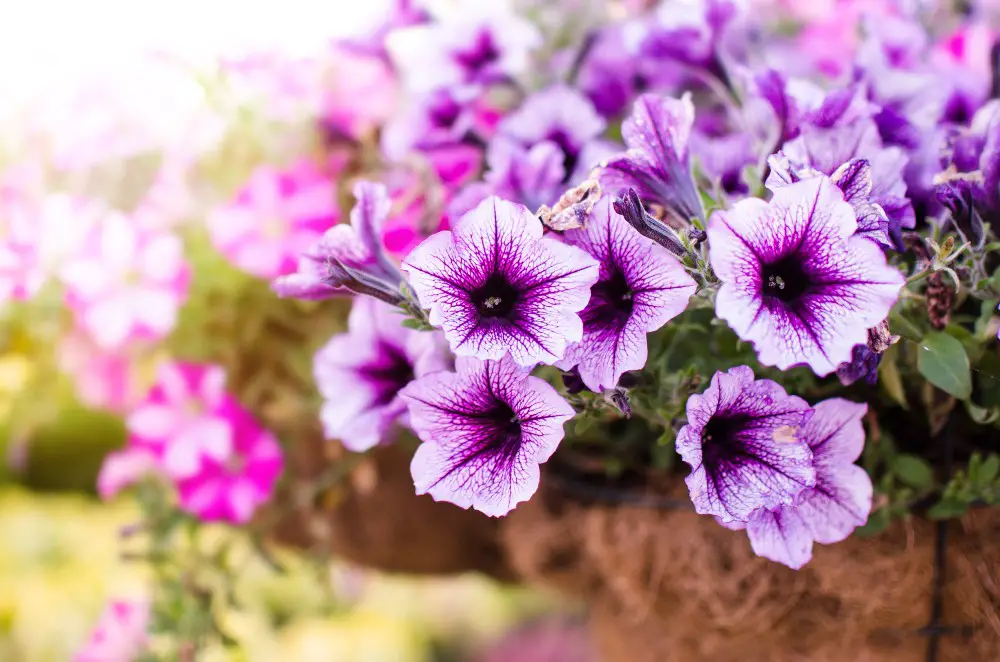
Petunias are another popular choice for gardeners. They come in a wide range of colors, from pink and purple to white and yellow, and can be grown in hanging baskets, pots, or directly in the ground. Petunias prefer full sun but can also tolerate some shade.
2. Marigolds
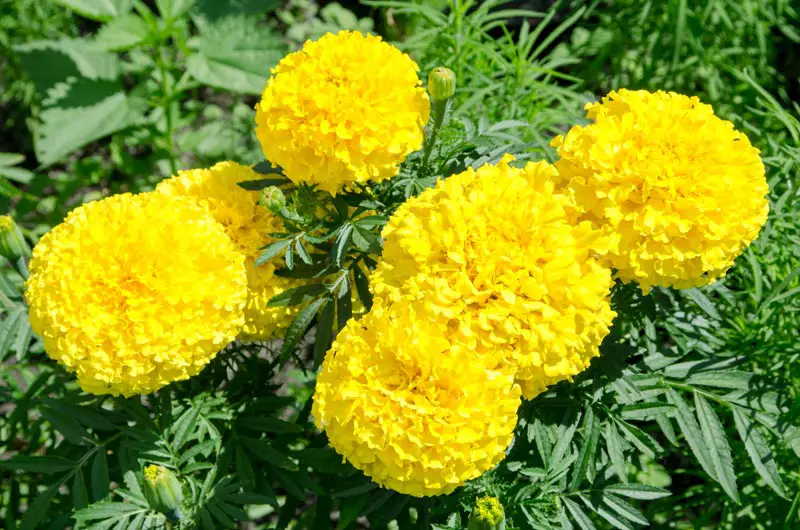
Marigolds are a classic choice for any garden. They come in a variety of colors, including yellow, orange, and red, and are known for their ability to repel pests. Marigolds are also very easy to care for and can thrive in both full sun and partial shade.
3. Zinnias
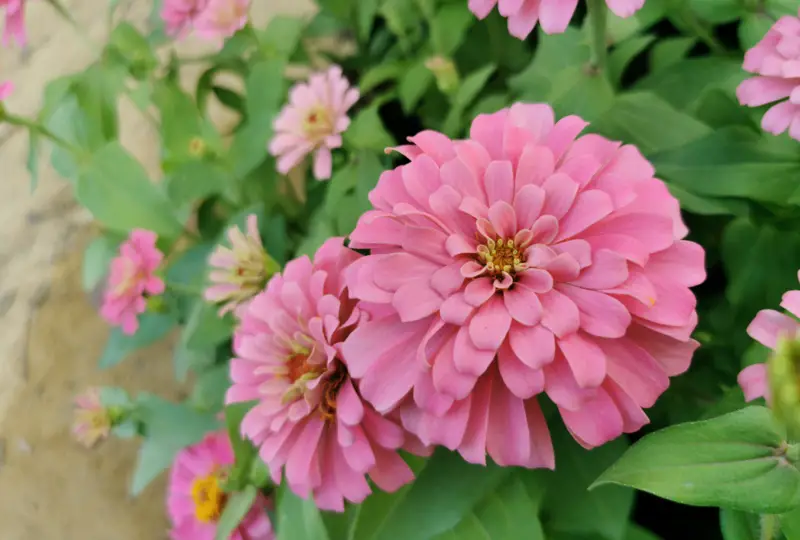
Zinnias are a bright and cheerful addition to any garden. They come in a variety of colors, including pink, red, orange, and yellow, and can grow up to 3 feet tall. Zinnias prefer full sun and well-drained soil.
4. Sunflowers
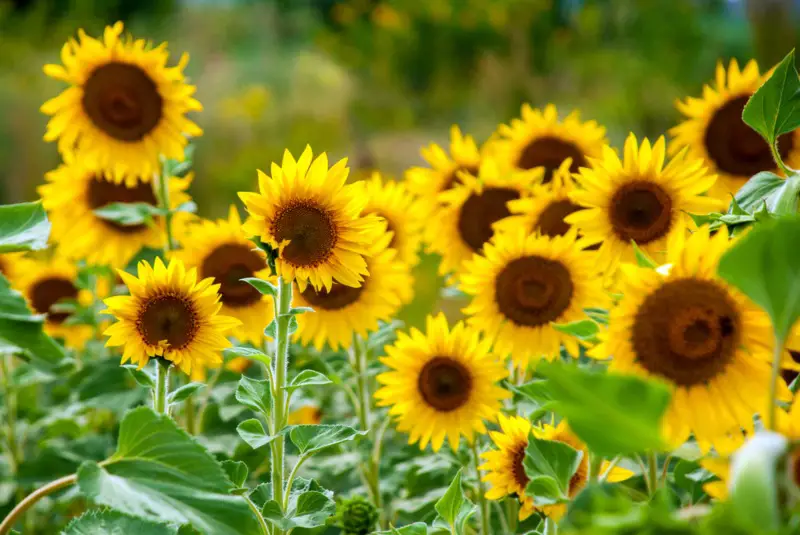
Sunflowers are a fun addition to any garden. They can grow up to 12 feet tall and come in a variety of colors, including yellow, orange, and red. Sunflowers prefer full sun and well-drained soil.
5. Impatiens
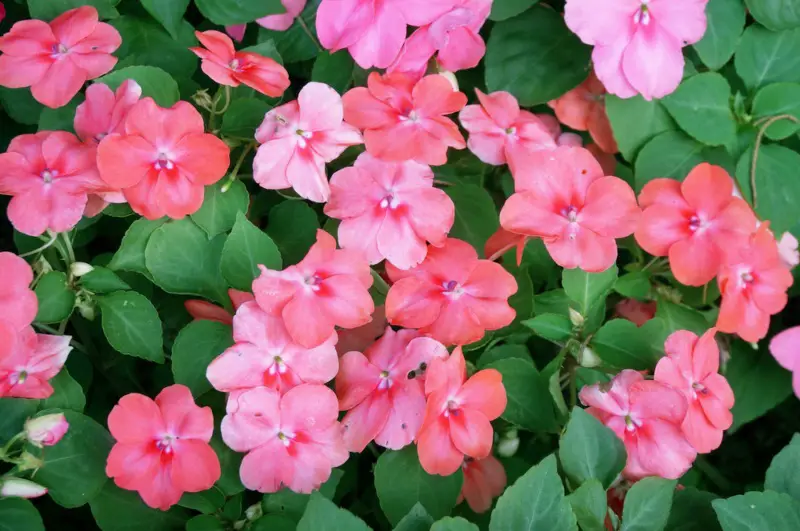
Impatiens are a great choice for shady areas of your garden. They come in a variety of colors, including pink, purple, and white, and can be grown in pots or directly in the ground. Impatiens prefer partial to full shade and well-drained soil.
So there you have it, the top 5 easiest ornamental plants to grow this summer. With a little bit of care and attention, these plants are sure to add beauty and color to your outdoor space.
Tips for Growing Ornamental Plants
Growing ornamental plants can be a fun and rewarding experience. Here are some tips that can help you grow healthy and beautiful ornamental plants this summer.
1. Choose the right location
Choosing the right location for your ornamental plants is crucial for their growth and development. Most ornamental plants require full sunlight, so make sure to place them in an area that receives at least 6 hours of direct sunlight per day. Some plants, however, prefer partial shade, so it’s important to do your research before planting.
2. Provide adequate water and sunlight
Ornamental plants require adequate water and sunlight to thrive. Make sure to water your plants regularly, especially during hot and dry weather. It’s also important to provide them with enough sunlight, as a lack of sunlight can cause stunted growth and poor flowering.
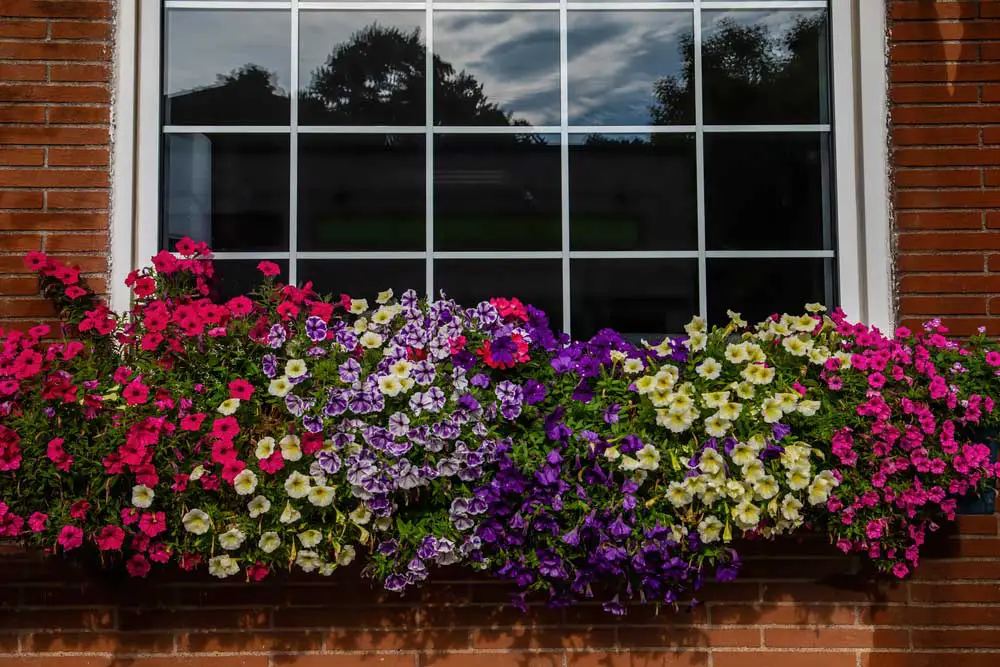
3. Use high-quality soil
Using high-quality soil is essential for the growth and health of your ornamental plants. Make sure to choose soil that is well-draining and rich in nutrients. You can also add organic matter, such as compost or manure, to improve soil quality.
4. Fertilize regularly
Fertilizing your ornamental plants regularly can help them grow faster and produce more flowers. Choose a fertilizer that is specifically designed for ornamental plants and follow the instructions carefully. Over-fertilizing can damage your plants, so make sure to use the right amount.
5. Prune and deadhead
Pruning and deadheading your ornamental plants can help promote healthy growth and flowering. Deadheading, or removing spent flowers, can encourage your plants to produce more flowers. Pruning, on the other hand, can help shape your plants and remove any dead or diseased branches.
By following these tips, you can grow healthy and beautiful ornamental plants in your garden this summer.
Common Problems and Solutions
Pests and Diseases
As you start growing your ornamental plants, it’s essential to keep an eye out for pests and diseases that can harm your plants. Here are some of the common problems you may encounter and how to deal with them:
Pests
- Aphids: These tiny insects can suck the sap out of your plants, causing them to wilt and die. You can use insecticidal soap or neem oil to get rid of them.
- Spider Mites: These pests can cause yellowing of leaves and a fine webbing on the plant. You can use neem oil or insecticidal soap to get rid of them.
- Whiteflies: These pests can cause the yellowing of leaves and a sticky substance on the plant. You can use insecticidal soap or neem oil to get rid of them.
Diseases
- Powdery Mildew: This fungal disease can cause a white powdery substance on the leaves and stems of your plants. You can use a fungicide to get rid of it.
- Root Rot: This disease can cause the roots of your plants to rot, leading to wilting and death. You can prevent root rot by ensuring that your plants are not overwatered.
By keeping a close eye on your plants and taking action at the first sign of pests or diseases, you can ensure that your ornamental plants grow healthy and beautiful throughout the summer.





